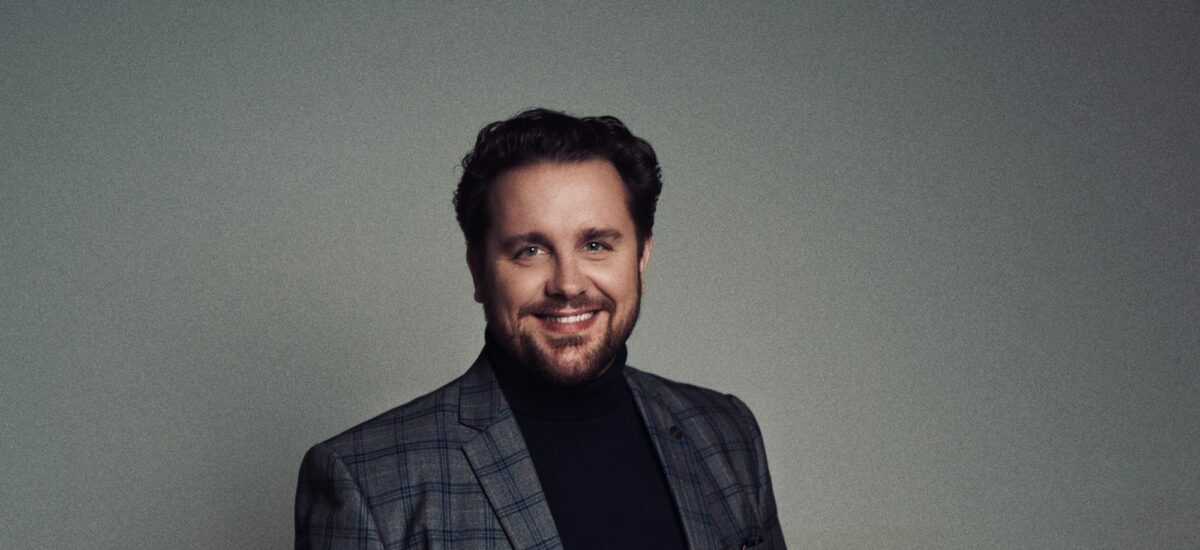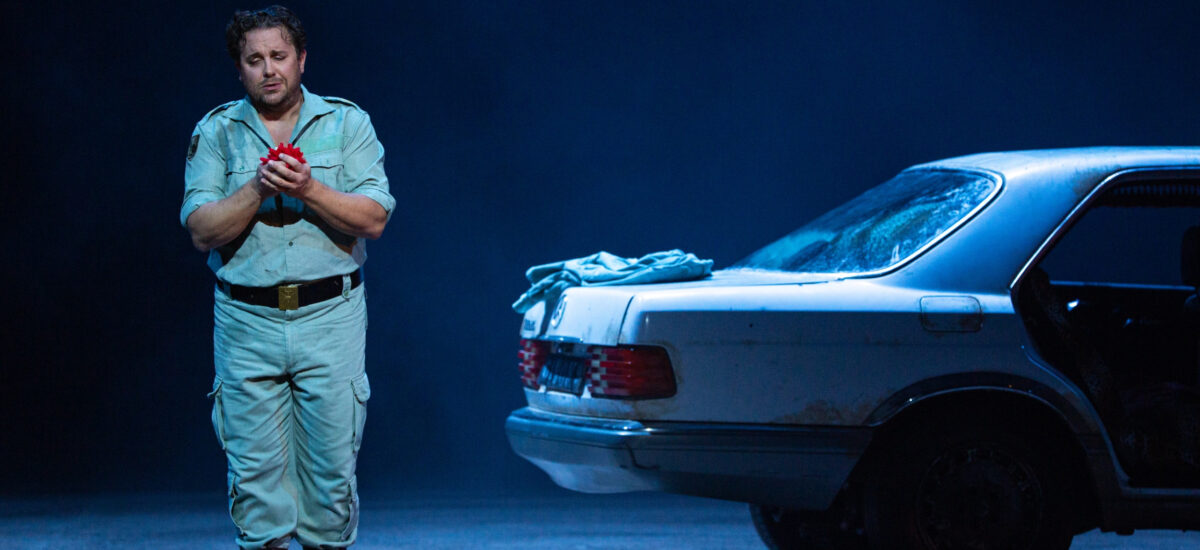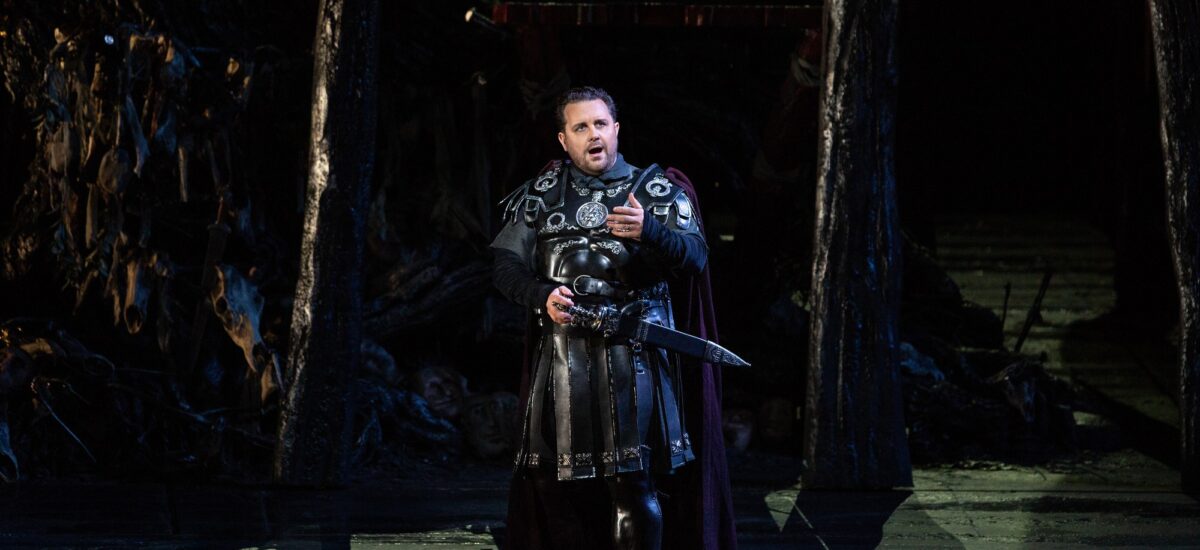TRANSCRIPT
Scofield: Something really fascinating about the
vocalism the singing of this era, which I discovered when listening to this recording
Amici e Rivali, was Rossini created the role of Otello back in 1816 for
the great Andrea Nozzari, who had what you have called a baritenor voice type. Now,
could you please tell us what is a baritenor?
Spyres: Absolutely. This was a term that was used throughout the French
and the Italian ancient literature, when describing a voice type that is in
between. Nowadays, the only vestige that we have of that is the mezzo-soprano. So,
a baritenor is literally a baritone and a tenor at once. A person who has a
lower seated voice, that has a strong low and middle core. As you can hear in
my speaking voice, I don’t have a typical high tenor voice, it’s quite hard to
actually sing the high notes, and it took me over a decade to figure out the
technique to be able to sing up high, which was completely unnatural for me.
But for about 100 years, from the very beginning of the 1700s until the early
1800s, right around Rossini’s time, was the peak of the baritenor, and this was
a very established category during the Baroque period and the Romantic period. This
voice type was actually the main rival to the castrati, and baritenor was
typically the one male that was pitted against. You would either have four
castrati on stage and one lower male voice, that also had to sing all of the
high things, or you would have two women and two castrati in all of the Baroque
era, and then one natural male voice that had to be capable of a three and a
half octave voice range. So you would have no basses typically in Baroque
operas, you would have a baritone, or a baritenor that was capable of singing
in the high tenor range, and the low baritone, almost bass range. It was a very
flexible voice, and one that demanded years of practice, but very many of these
baritenors came because of studies with castrati, and they’re learning of the
singing through support and flexibility as castrati did.
During Rossini’s time, this was the heyday when baritenor were truly used to
their absolute maximum abilities. The role of Otello, to give you an idea, it
absolutely requires you to sing high Ds above high C in full voice, and down to
low Gs and F even in the low baritone range. It’s a very interesting category
that very few people have continued the tradition, it was a very long and
established voice category, but it fell by the wayside as orchestration became
bigger and bigger and demand for specific voice types needed to get over larger
orchestras, the voice became less flexible, and every bit in the Fach system
came around and everyone started becoming smaller and smaller in the
categorization of voices. Well, the baritenor was really the last vestige of
the old style of singing that was started in the Baroque era, and goes all the
way back to the very beginnings of opera with, one would say, the first major
opera that we still sing to this day is Monteverdi’s L’Orfeo.
Read more about Michael Spyres on their OFFICIAL WEBSITE.




